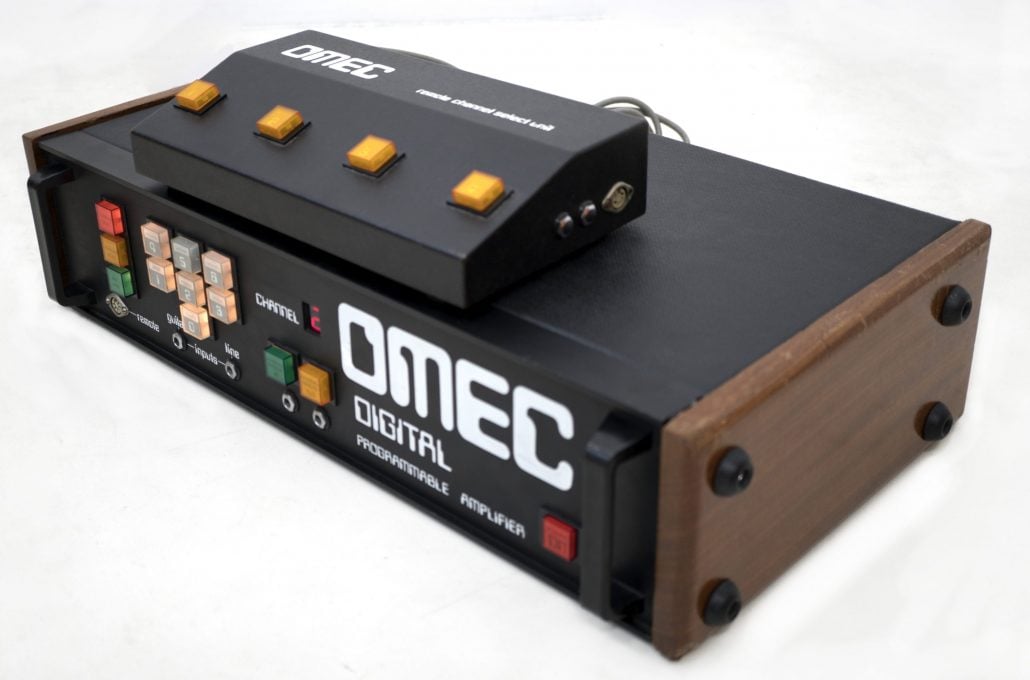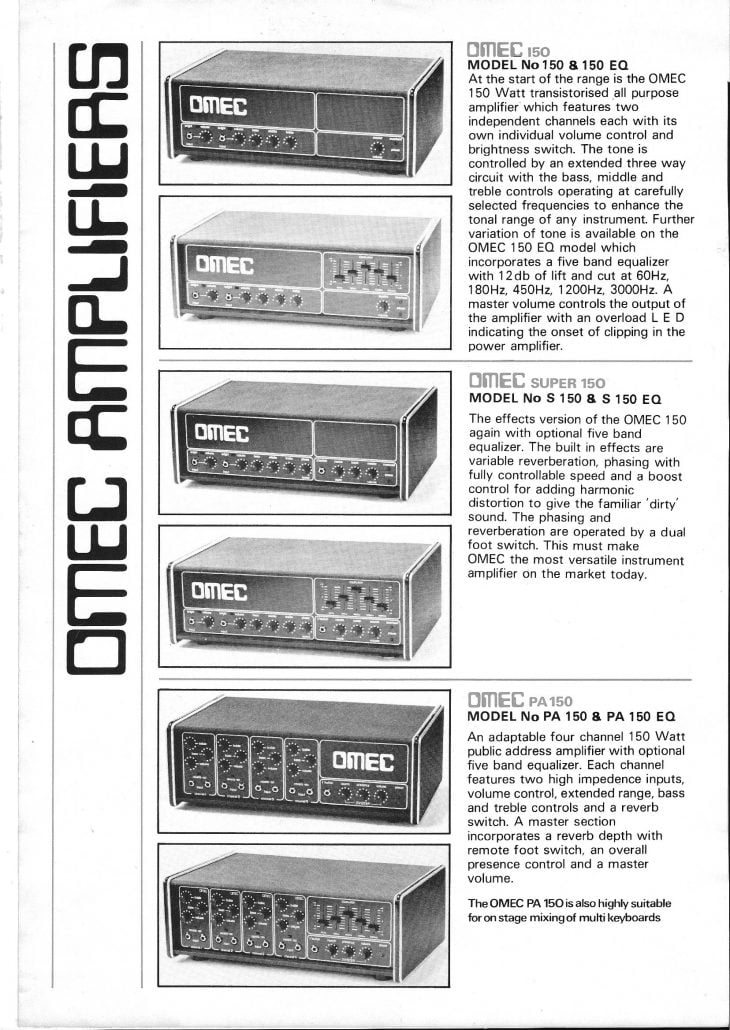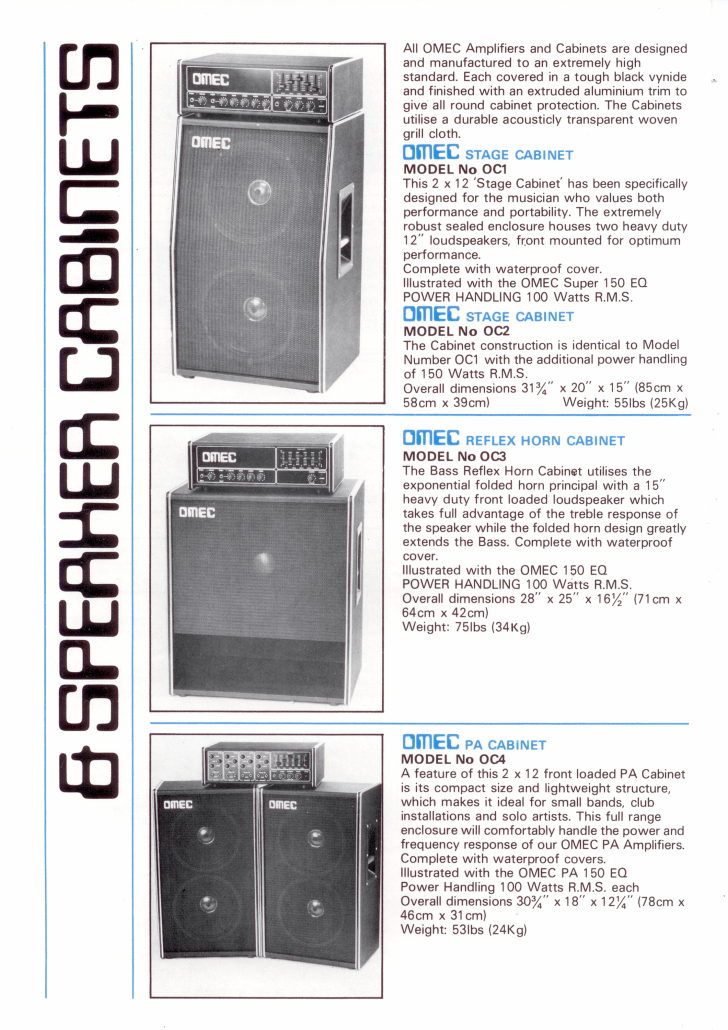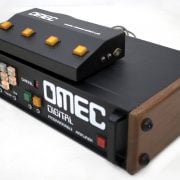The History of Orange – The OMEC Digital
Orange is celebrating its 50th Anniversary in 2018 and to celebrate we shall be taking a look over the next twelve months at some of our most famous and innovative amplifiers. This week we take a look at the OMEC Digital range.
What is OMEC?
By 1975 Orange had established itself as valve amp company, the company was looking to diversify into a new area of the market. Orange Founder, Cliff Cooper decided to look into the relatively the new computer market and wanted to explore a combination between his amplifiers and computers, Cliff explains the reason for the OMEC name;
OMEC stands for Orange Music Electronic Company. We chose the word ‘electronic’ to suggest digital and transistorised amplifiers, as opposed to the valve amps that had established Orange brand in the early 1970s.
The first amp
They enlisted the help of Peter Hamilton to design the OMEC digital, the brief was to design a ‘computerised amplifier’. The project had challenges due to new nature of the components – often never used in amplifiers before. Microprocessors were just beginning to appear which were expensive and needed to be made in huge quantities to be affordable.

Peter explains the components used:
The only sane way to do this job was with SSI and MSI (small and medium scale integration) logic chips. The choice was between TTL (transistor-transistor logic) which was power-hungry but easy to get hold of and well proven, or a new technology from RCA called COS-MOS, which used hardly any power but also had a habit of self-destructing due to static damage.
COS-MOS was too risky at the time, but that technology led to today’s CMOS microcontrollers, with built-in static protection, low power consumption and millions of transistors on a chip – one of those could handle the whole job for a few dollars.
The result was the OMEC Digital – the world’s first digitally programmable amplifier. It had parameters for volume, bass, mid, treble, reverb, compression, and distortion. These were stored in memory for each of four channels, the numbers could be recalled by selecting a channel either from the front panel or the footswitch.
The OMEC Range
After the original OMEC Digital, a series was designed for both instruments and public address systems but with a more conventional front panel design. 5-band graphic equalisation section was added, which was especially helpful on the PA amplifier.

Cabinets were designed to compliment the amplifiers, for the guitar amplifier there was a sloped front design 2X12 cabinet, for the PA amps, straight 2X12’s and for the bass amp a 1X15 ported cabinet. The cabinets were sealed enclosures with front loaded speakers and open-weave black nyon sourced from Germany.

OMEC Cabinets
The Legacy
The OMEC Digital was a product ahead of its time, the high costs and limitations of the early parts meant the amplifiers struggled to catch on, as Cliff explains:
We spent a lot of time and money developing this revolutionary digital amp, and it still really upsets me to recall how we never really got a chance to market it properly.
Designer Peter adds:
Here was an idea before its time, I’m afraid. It was innovative, but there wasn’t a knob that went up to 11. I doubt that it was financially viable without investing a large amount of money. Months later the Z80 and 6502 microprocessors appeared and spawned the personal computer industry. The rest they say is history.



